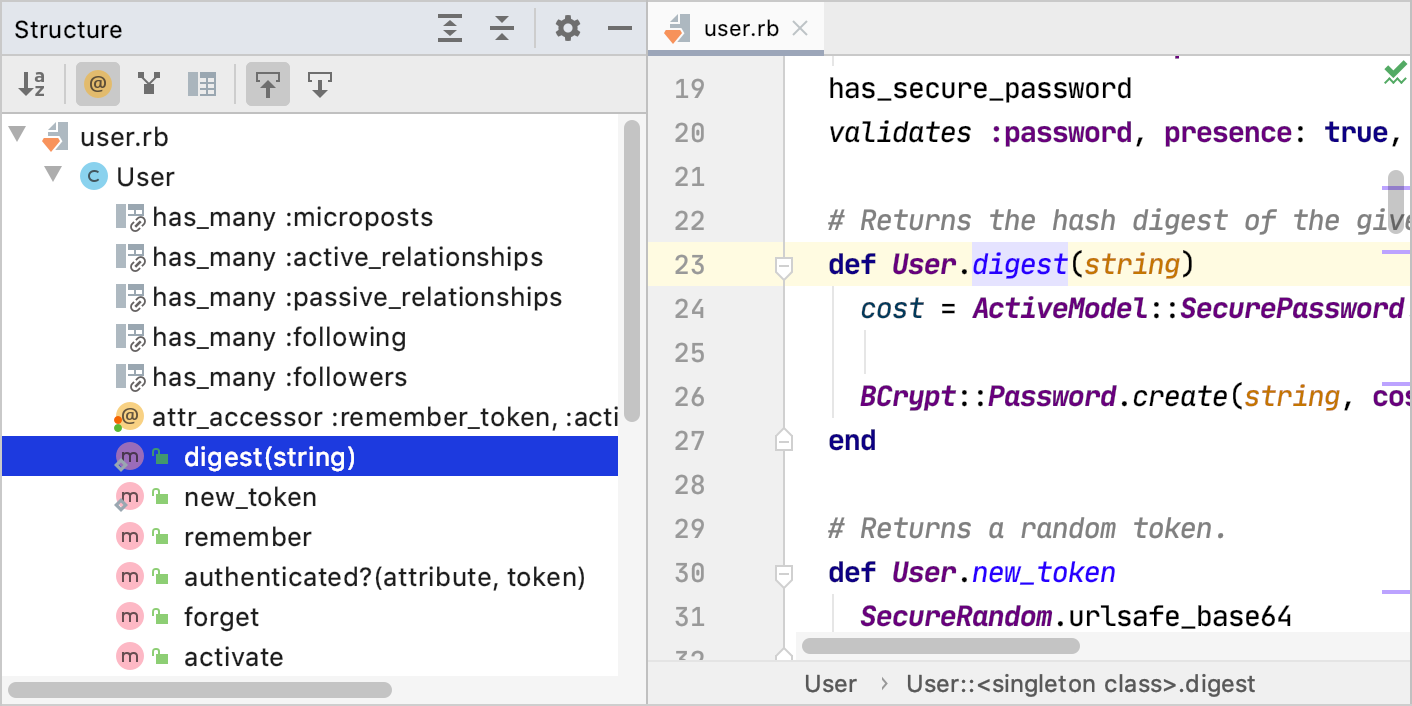May 12, 2020 by Joslyn Fresay
Learning Computer File Structure
The easiest way to understand a file system is to think of it as similar to a library’s index card system. In a library, all books are grouped together according to topics. Additionally, each book is given a specific code or index number, that will make it easier to find among other books. For a computer, a file system works in a similar manner. All your data is stored in a specific location within a physical disk. A file system keeps a master database of the location of every file, or its address so that the file is easy to retrieve should you, a software program, or an operating system request it. There are many types of file systems available. Each has advantages and disadvantages depending on the task the computer programmer has designed the system for, as you’ll learn below.
One of the most essential requirements in computer programming is having prerequisite knowledge about computer file structure. Creating a program without the best practices of the computer file structure will inevitably result in a piece of software that is extremely slow and sluggish. There are several discrepancies between physical file structure and logical file structure on a hard disk or any other medium of storage. This article written by IT supports easywaypaper.com shows the difference between these two types of organizations, as well as how they tie in with computer programming.
What is File Structure?
The file structure is a broad field that refers to how data is managed and organized in a digital system. The file structure is absolutely necessary for a variety of different computer-related tasks and functions. For example, one of the most important subtopics regarding file structure is how data is organized, as well as how different files relate to one another. There needs to be a kind of symmetry and integration between how files are arranged one below the other, and how such files also relate to one another at an individual level.

How are Files Organized from a Logical Standpoint?
Referring to file structure from a logical standpoint means showing how different files relate to one another when observing them digitally as opposed to physically. For example, when you check files in your graphical user interface Explorer or attempt to access a file using a command-line command, these things all pertain to the logical structure of the files. One of the most important tenants regarding the logical organization of files is that files are usually organized hierarchically, with sets of main nodes at the top, from which other sub-nodes branches out and expand.
How are Files Organized from a Physical Standpoint?
Referring to the organization of files from a physical standpoint pertains to how these files are organized on the actual medium on which they are stored. For example, the partition, disk, and sector on which a certain file is stored are what is meant by physical file structure when one refers to a hard disk. Files need to be accessible from a physical standpoint in order to speed up how these files can be accessed. If one component of a program is located in one location on a hard disk, with another component located in a different, far-flung location on the same hard disk, this means that more effort, and thus more time, needs to be exerted by the hard disk reading head in order to gather all the information needed to consolidate the program before it can run.
How do the Logical File Organization and Physical File Organization Relate?
Physical file organization and logical file organization need to mirror one another. For example, if a certain directory is located in a certain partition of the hard disk, the laws of physical and logical file organizations demand that these files also be grouped together on the actual storage medium. Again, this is to facilitate ease of access for these files. In many cases, files may become fragmented, meaning that their logical file organization and physical file organization are different from one another. In such a situation, reconsolidation is necessary through defragmentation. This brings the files together physically as well as logically so that they can be accessed more quickly.
Computer file structure refers to how files are organized from various standpoints. This science is necessary to facilitate the access of individual files when opening a program or accessing a system function. By having a firm knowledge of the hierarchy and rules involved in computer file structures, you can create computer programs with better access times. The computer file structure can be divided into a logical structure and physical structure, both of which should mirror one another.


kamlesh - April 2, 2021 @ 5:48 am
how to make file and folders and how to be able to send them through mail ?
https://akhilendra.com">akhilendra - April 2, 2021 @ 5:04 pm
Can you share more details about your question? What is the exact need.